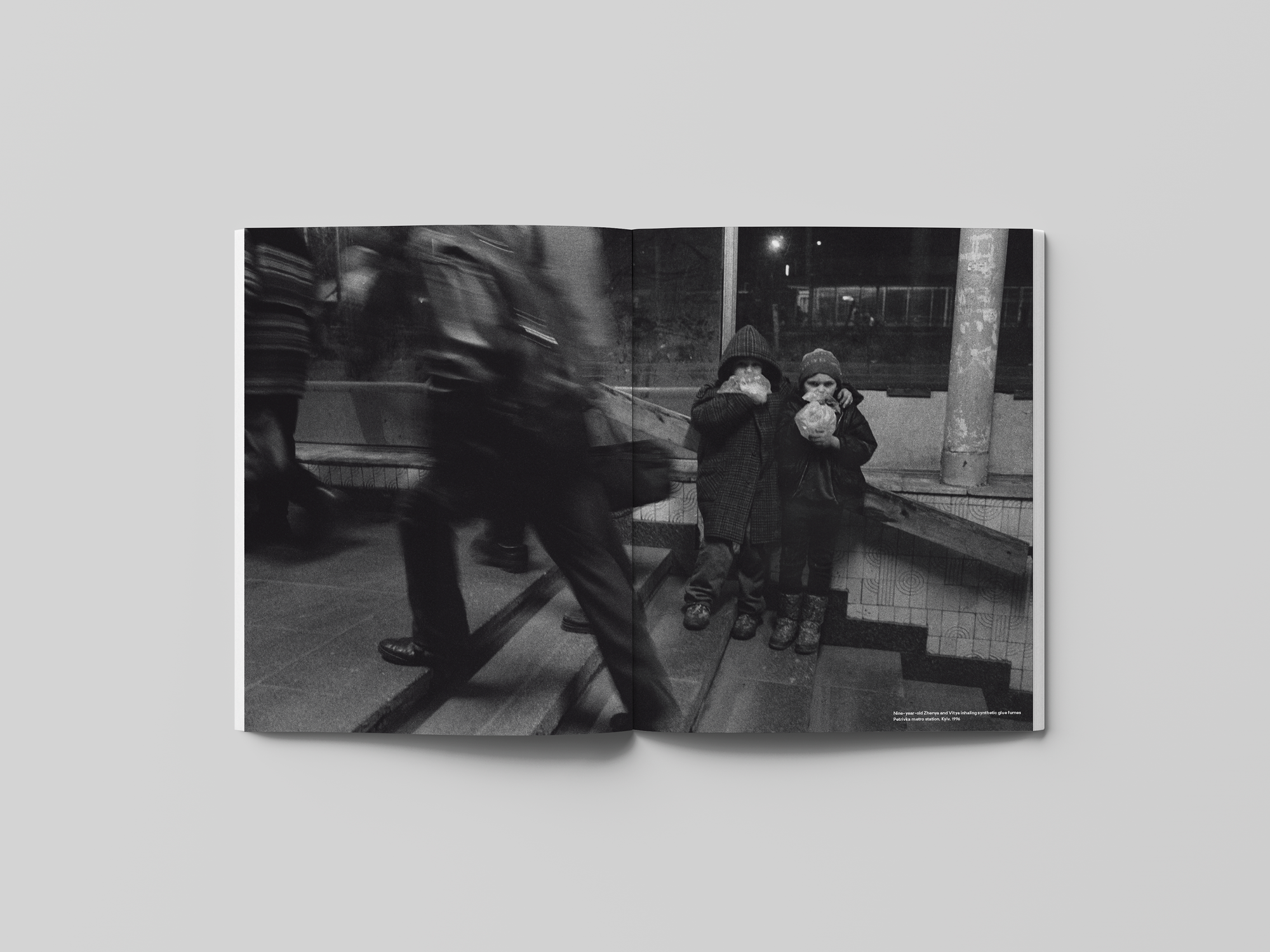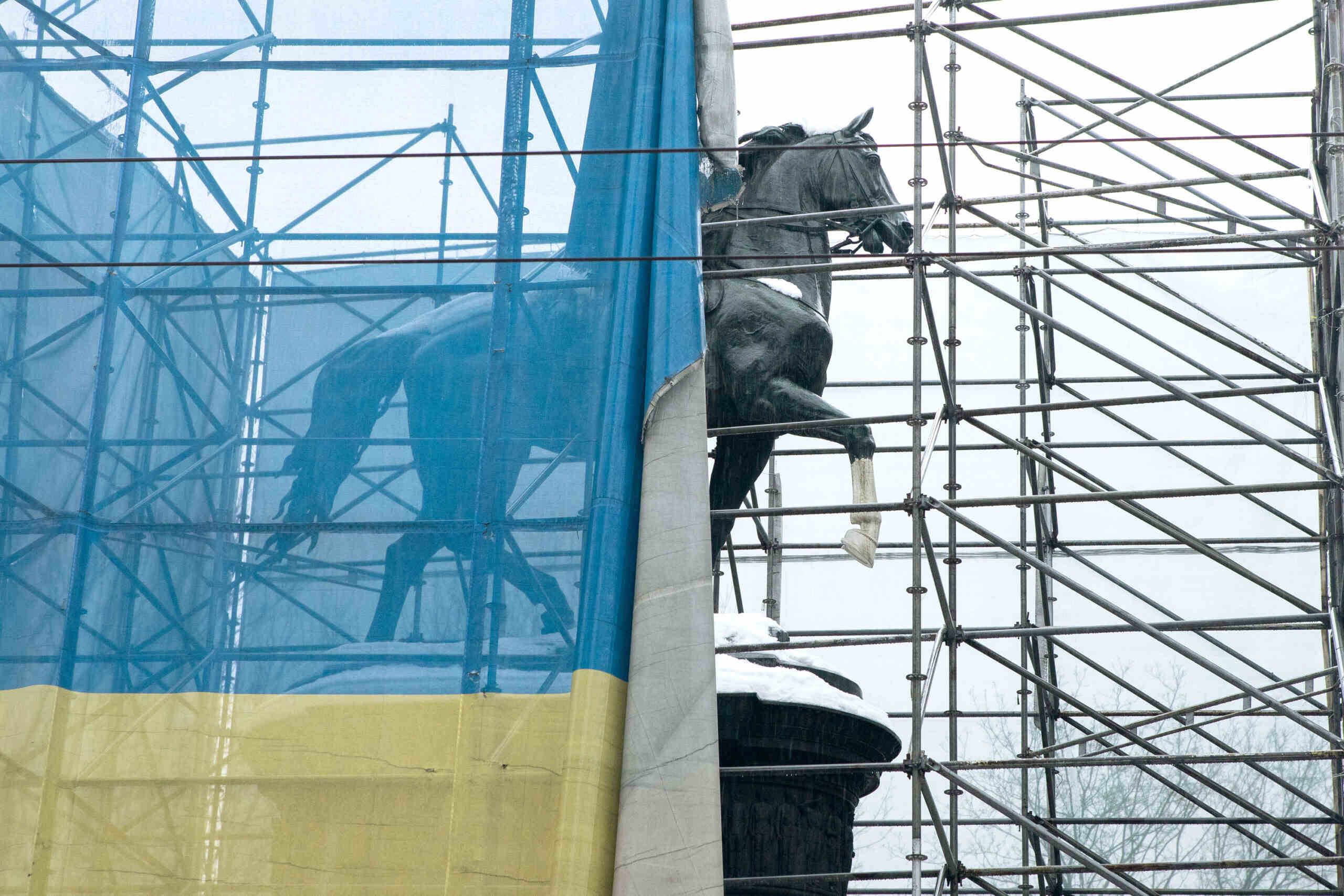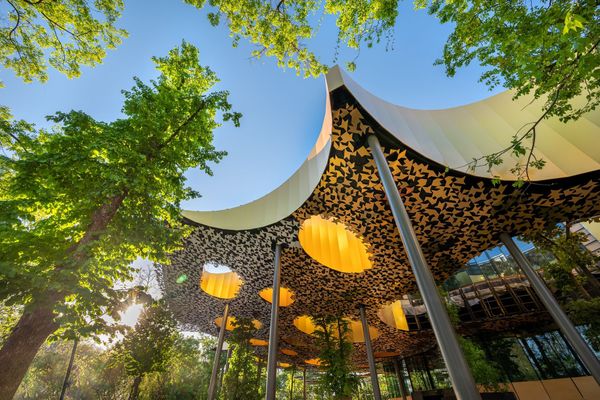SALIUT is a contemporary photography magazine that serves as a platform for emerging and renowned Ukrainian artists. The second issue of the magazine was published this summer, and just like the first, the cover featured two controversial photos. While the first issue was based around female photographers, this one focuses on individuals, their environment, and how contemporary fascination with 90s aesthetics has ushered in a worldwide revival of the styles of this period.
What does the expression ‘Sinful 90s’ mean? Is it about possibilities or hopelessness? Is it also the period of freedom? Why are post-Soviet 90s generally regarded as awful, and was this era really that bad for everyone? Who was seen as a hero or a criminal back then, and what has changed since? In addition to its written articles, the magazine also seeks answers to these questions through its rich visual content.

The magazine invites us on a powerful visual journey through the lenses of talented Ukrainian photographers and artists who witnessed the period in question, contrasting nostalgic childhood memories with the hectic and complex realities of the time through a selection of documentary and conceptual photography projects. “For a long time, neither in popular culture nor in public memory, no one wanted to bring up the 90s—those were strange and wild times. However, in recent years, the generation born in the 21st century has become interested in the aesthetics of the 90s. New trends in mass culture began to flourish, uniting different generations in stylistic tendencies despite having fundamentally different origins. For example, our famous eccentric getups of the 1990s originated in thrift stores, where our parents and we used to dress—not because of environmental awareness, but because of poverty. Nowadays, it would be considered conscious consumption. The reason for the colorful noise imprinted on VHS cassettes was not for a special visual style, but because cameras and recorders had limited technical capabilities. Today, this aesthetic is experiencing its revival,” the editors pointed out.

The curation of the photos was supported by Depositphotos and the publishing by Osnovy Publishing. Osnovy appeared on the Ukrainian horizon in the early 90s, with the belief that books could transform society—a time when the country was actively seeking new perspectives in literature and media. “Each of us knows or remembers the 90s differently. The period is tangled with our memories of poverty, the collapse of the Soviet Union, a Turkish Team Boys sweater, or babushkas selling cigarettes at tram stops. Through photography, we are trying to recreate the fresh and fascinating freedom of that period, both refreshing our memories while also rediscovering new meanings in it,” explained Director of Osnovy Publishing Dana Pavlychko.

Ukraine celebrated the 30th anniversary of its independence in 2021, and this year’s topic was chosen to reflect this. “The 90s were neither fair nor honest,” the editors claimed. As they stated on Instagram, “it’s a period from which we still draw power—just as we soon will draw power from our nation’s courage and perseverance during the horrible war that is happening right now.” As for us, we trust that Ukraine can put this period as well in the past as soon as possible and look forward to a brighter future.

SALIUT | Web | Facebook | Instagram
Osnovy Publishing | Web | Facebook | Instagram
Depositphotos | Web | Facebook | Instagram

House of Music wins a prestigious award over Game of Thrones

Residential area from Prague’s old port










